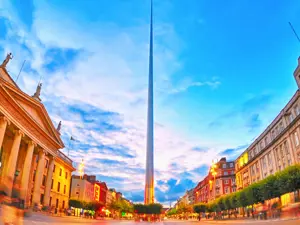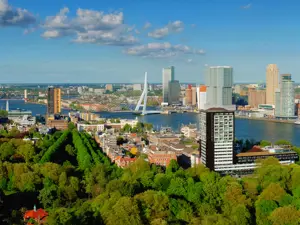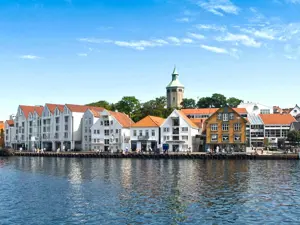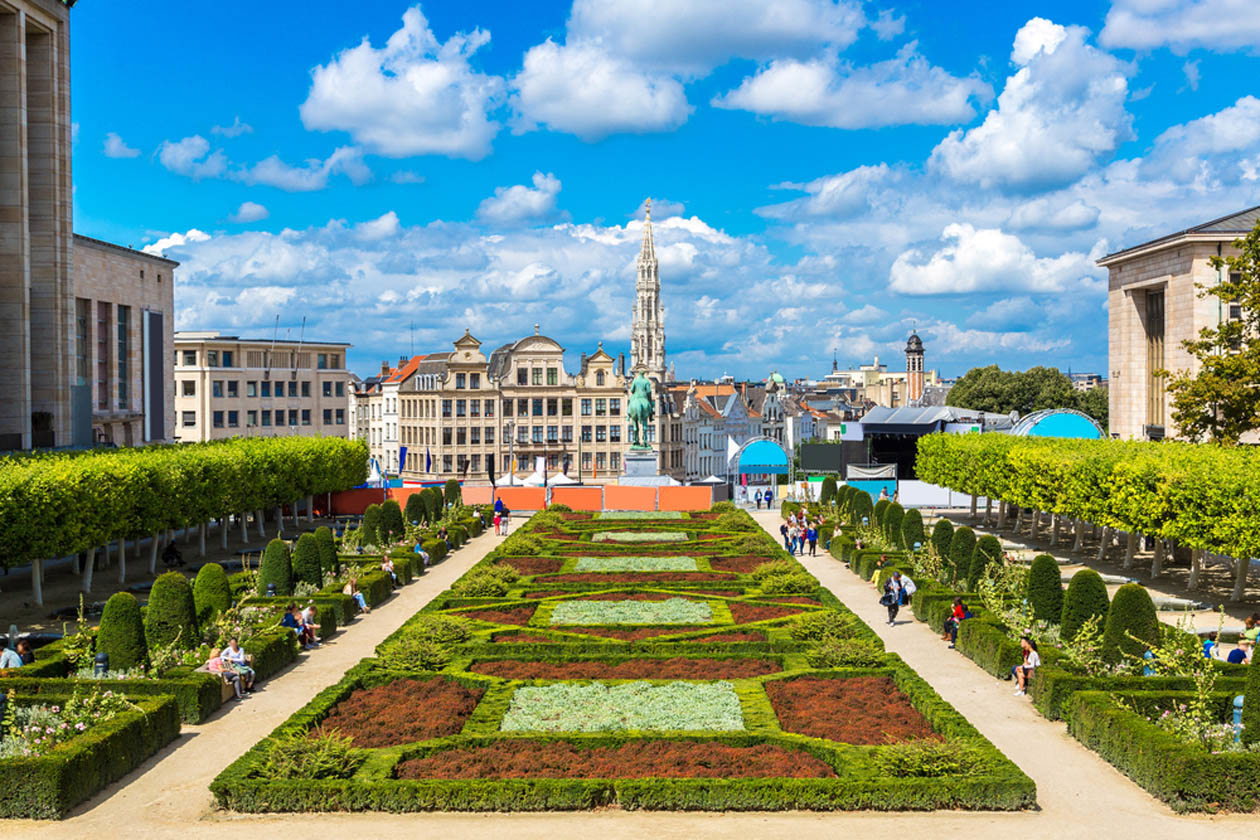
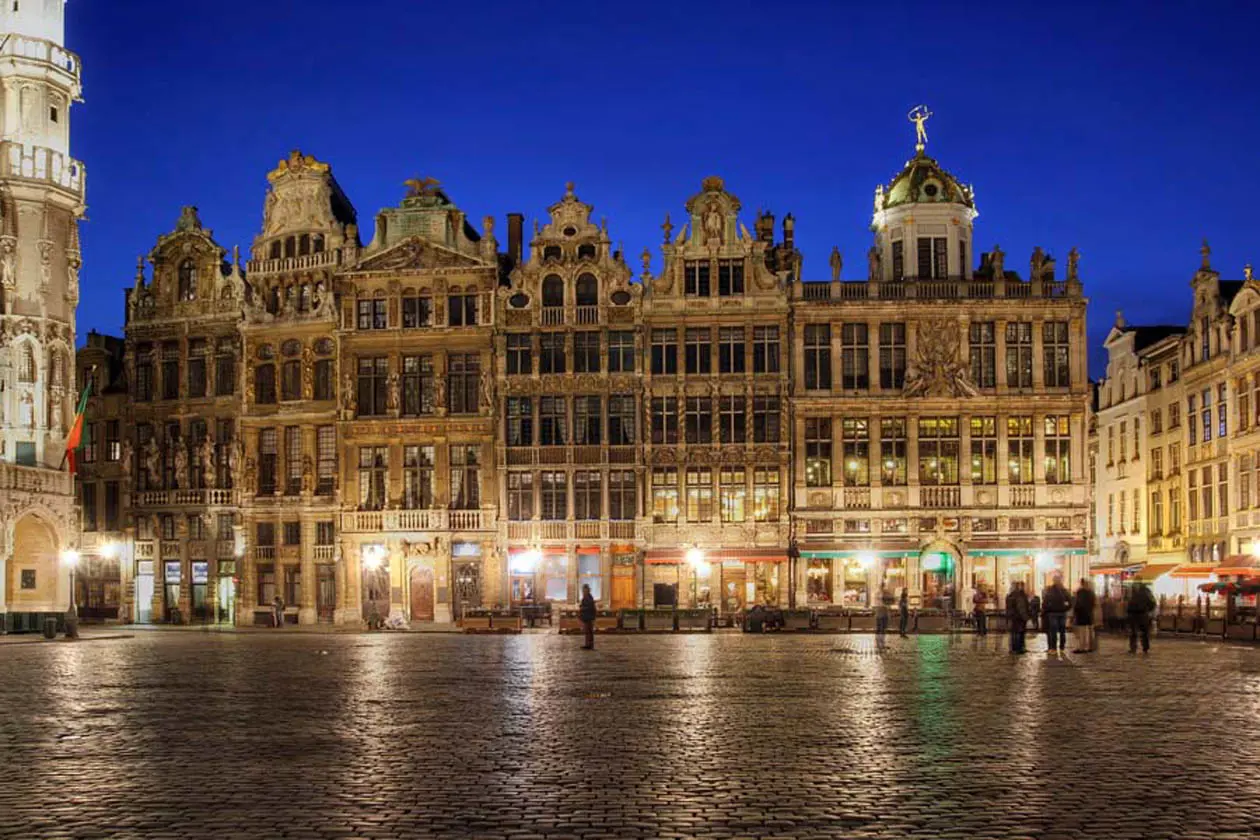 The Grand’Place. Photo: Copyright © Sisterscom.com / Shutterstock
The Grand’Place. Photo: Copyright © Sisterscom.com / Shutterstock 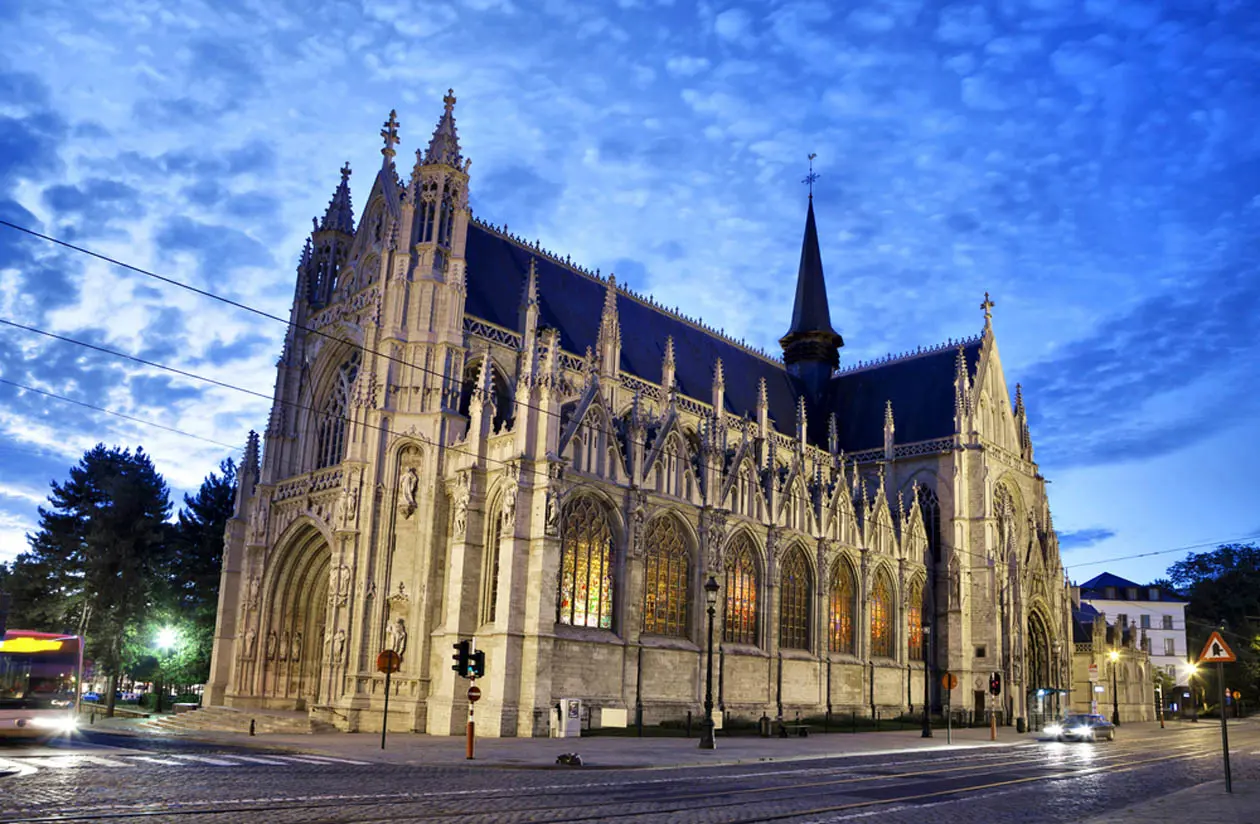
Photos for editorial use only: Sisterscom.com, Shutterstock
Copyright © Sisterscom.com
Video: visit.brussels
www.belgioturismo.it
Partnership with Booking.com


The Grand-Place of Brussels is the heart of Brussels where are concentrated, in a perimeter on a human scale, the most interesting and fascinating old buildings. To the north, runs the Ilot Sacré district, with its picturesque streets, bearing the names of ancient guilds. Many are the local picturesque where you can taste the typical menu of Belgian cuisine. For example, the Café de Vaudeville, Chez Léon, Aux Armes de Bruxelles and many others.

The historic Royal Saint-Hubert Galleries were built in 1847 by architect Clysenaer and are a unique blend of culture and core business. They are without doubt the most beautiful covered galleries in Europe. The galleries are divided into 3 parts: the Queen's Gallery, the Gallery of the Kings and the Gallery of the Princes. Even a theater and a cinema have found space in this prominent place of Brussels' culture.

It is one of the beating hearts of Brussels, known worldwide by fans of quality antiques. Here there are in fact the best shopping of "antiques" but also the modern and contemporary art galleries and shops of the most prestigious interior decoration dedicated to the design of the twentieth century, as well as the famous court jeweler Leysen & Hl and the best makers of chocolates as Marcolini. On the Place du Grand Sablon, with a typical triangular shape, every Saturday and Sunday morning there is the charming antique market.

The building is a jewel of the architectural heritage of Belgium. It was designed by Victor Horta in the Art Nouveau style in 1920. The Bozar is an active and dynamic art center that welcomes every year more than one million visitors: 4,000 m² of exhibition space, a grand concert hall, a hall for music chamber, two small theaters, three new multimedia rooms, the Bozar Shop, Bozar Brasserie and the Royal Film Archive, famous throughout the world for its collection of great value.

The Fin de Siècle Museum replaces the Museum of Modern Art with a new presentation of the collection: an artistic journey of the nineteenth century, contextualized in the historical context of the time. The museum's collection is structured around the artistic circles that starting from 1868, the year of creation of the Free Society of Fine Arts, fueled a debate on modernity. This new museum, in partnership brings together various institutions: the Royal Museums of Fine Arts of Belgium, the Royal Library, the Theatre Royal de la Monnaie and the Region of Brussels-Capital.

The Belgian Comic Strip Center is located in the historic heart of Brussels and brings together more than 4,000 m², everything related to the comic. Housed in an Art Nouveau temple designed by Victor Horta, the museum is the realm of the famous Belgian comic book heroes: Tintin, the Smurfs, Lucky Luke, Gaston Lagaffe, Marsupilami, Blake and Mortimer. Exhibitions organized, library and documentation center, not only make the museum alive and dynamic but are true centers of documentation on the comic.

The museum that belongs to the Royal Museum of Fine Arts of Belgium collects the main works of the surrealist artist René Magritte.
Magritte House is a middle-class house in Art Nouveau style in vogue at the time that the father of René Magritte built it in 1911 and reflects his social position. Here Magritte spent the years of his youth where he learned to paint and exhibited his works for the first time. The internal architecture has remained intact and kitchen walls are completely covered with faience tiles Bouffioulx, very hard to find today, that make this room a real exception.













